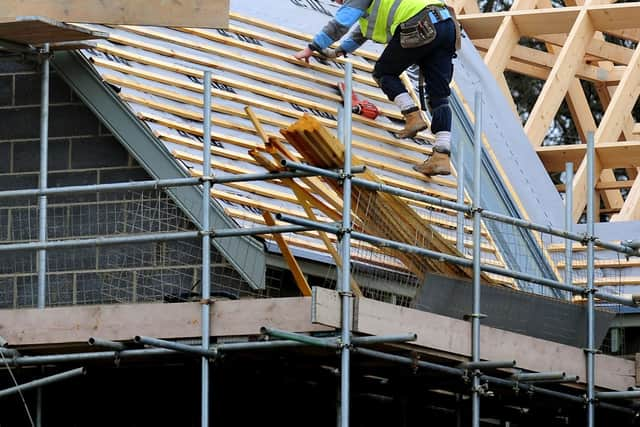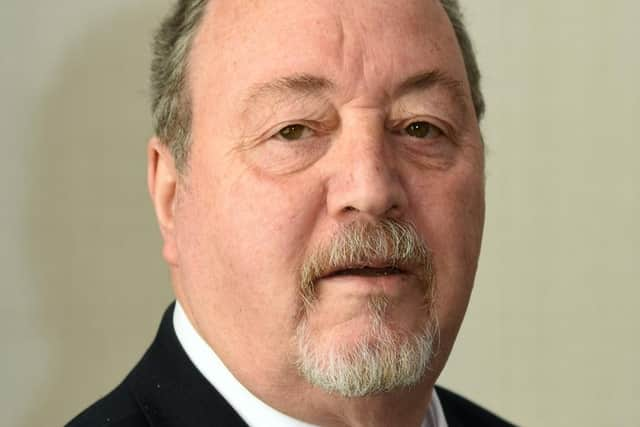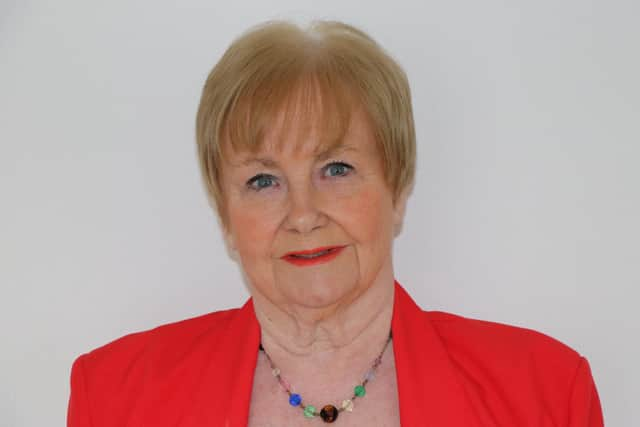Major planning document sets out blueprint paving way for 5,000 new homes in South Tyneside
and live on Freeview channel 276
South Tyneside Council’s ruling cabinet will be asked to approve the updated blueprint for the borough, the ‘Local Plan’, so that public consultation can begin.
The development plan sets out a strategic framework for where new homes, businesses, shops and leisure facilities will be built over the next 15 years, and aims to ensure that the right infrastructure, such as roads and schools, is in place to support growth.
Advertisement
Hide AdAdvertisement
Hide AdIn 2021, the document was sent back to the drawing board for a major overhaul to help the borough meet future annual targets for housing delivery.


The latest ‘Regulation 18’ draft is one of several formal stages that a Local Plan must pass through by law, prior to being adopted.
Although the plan focuses primarily on previously developed land, known as brownfield sites, around 13 Green Belt sites have been earmarked to deliver around 3,000 homes.
This includes the allocation of a parcel of land south of Fellgate which could deliver up to 1,200 homes along with the public facilities and infrastructure to support it.
Advertisement
Hide AdAdvertisement
Hide AdAccording to the draft Local Plan document, Green Belt assessments found the site was the”most appropriate boundary to accommodate a new sustainable community”.


All proposed Green Belt sites in the Local Plan represent around 7% of the borough’s total Green Belt.
The plan also sets out policies which aim to promote health and wellbeing, meet the challenges of climate change and to secure more affordable housing from developers in areas of the borough that need it.
This includes affordable housing targets of 30% for new developments in Cleadon, East Boldon and Whitburn, compared to 10% in South Shields and Jarrow.
Advertisement
Hide AdAdvertisement
Hide AdOther elements of the plan aim to “conserve and enhance the historic environment” while also delivering a mix of homes and promoting sustainable transport.


Councillor Jim Foreman, cabinet member for housing and community safety, said the Local Plan represented a “golden net” capturing some of the big issues in the borough while also laying foundations for future generations.
Councillor Margaret Meling, lead member for economic growth, skills and climate change, also stressed that the Local Plan would help the council to shape South Tyneside’s future.
“It’s vital that we have an up-to-date plan so that we maintain control over development in the borough; without one, we are vulnerable to development being imposed upon us,” Cllr Meling explained.
Advertisement
Hide AdAdvertisement
Hide Ad“It isn’t just about where things are built, but how they are built.
“Without a plan we don’t have the policies in place to ensure the quality of development that our communities deserve.
“The plan has to deliver maximum benefits for all sections of our community, now and in the future.
“A local plan isn’t just about building houses; it is about the fundamental fabric of the place in which we live. We want to create neighbourhoods that last a lifetime.
Advertisement
Hide AdAdvertisement
Hide Ad“We want people who grow up in South Tyneside to be able to stay here, with access to affordable housing and skilled jobs.
“The plan gives us the opportunity to enhance our assets, create better wildlife corridors, improve sustainable development and reduce emissions.”
A local housing needs assessment, which addresses projected household growth and any historic undersupply, concluded that a minimum of 321 new homes per year are needed in South Tyneside by the end of March, 2039.
However the overall housing requirement will not be “locked in” until the Local Plan is formally submitted to government.
Advertisement
Hide AdAdvertisement
Hide AdA total of 60 sites have been identified with development prioritised in South Shields, Hebburn and Jarrow across 40 sites encompassing more than 1,700 homes.
The plan also proposes to ‘redraw’ the Green Belt to allocate ‘urban and village sustainable growth areas’ at 12 sites across Whitburn, Cleadon, East Boldon, West Boldon and Wardley to deliver around 1,862 homes.
In addition, 1,200 homes planned at Fellgate as a ‘Sustainable Urban Extension’ will be subject to a ‘masterplan’ process due to the development’s scale.
A total of seven sites delivering around 338 homes are also allocated for housing in what the Local Plan calls ‘regeneration areas’.
Advertisement
Hide AdAdvertisement
Hide AdPrevious development plans have largely been able to protect the Green Belt by using built-up areas and reusing brownfield sites.
However, council chiefs now say there is an “acute shortfall” of suitable land from non-Green Belt sources.
Cllr Meling added: “Under current legislation, we have a statutory obligation to meet our future housing targets and that means we have had to look at all options to accommodate development.
“We continue to prioritise and actively promote the development of brownfield sites first; 1,513 homes are allocated on brownfield land in this plan, with a further 837 already having planning permission.
Advertisement
Hide AdAdvertisement
Hide Ad“However, we are heavily constrained by Green Belt which accounts for around a third of the borough.
“We are proposing to remove 7% of the overall Green Belt, which would still leave a substantial area of approximately 2,100 hectares.”
Subject to cabinet approval at its next meeting on Wednesday, June 15, a six-week public consultation on the Local Plan will follow.
Plans must by law, pass through several formal stages prior to adoption, including a public examination before an independent planning inspector.
It is hoped the finalised Local Plan will be submitted to the Secretary of State for consideration in 2023.